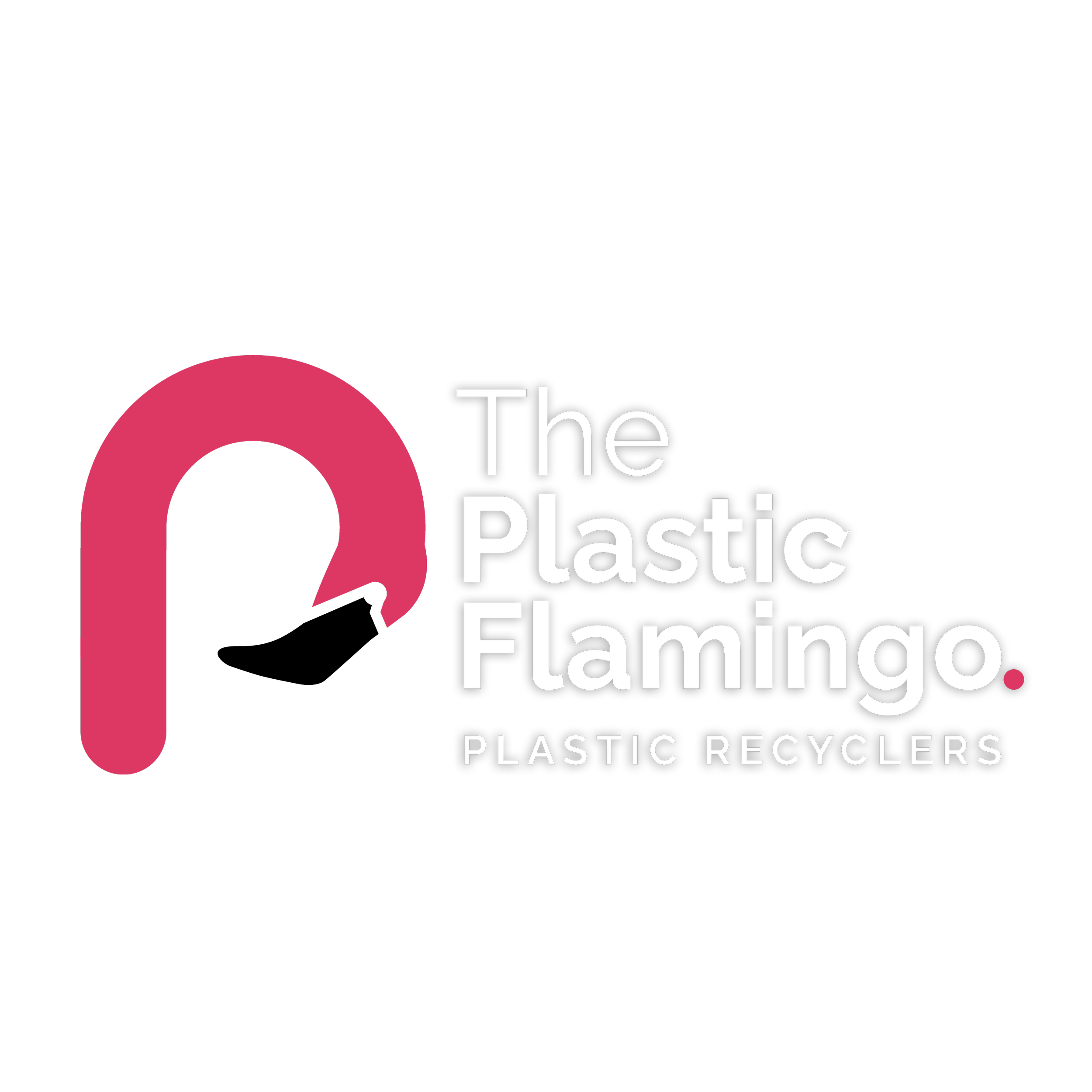According to a 2015 study by the Ocean Conservancy, 2.7 million tons of plastic waste from the Philippines ended up in the ocean. This places the country in third place after China and Indonesia. The whole waste generation process is a result of the linear economy, the consumption model the world currently runs on. There are three simplified steps in this model. These are Take, Make, and Dispose.
The linear economy utilizes our existing resources to create products that bring value to our lives. All the products that we use daily are part of this linear economy. These products vary from smartphones, shoes, food, clothes, and any other product. However, an often-neglected piece of the puzzle is the products’ end of life. The dispose aspect of the linear economy enters the picture in this phase. An old or broken smartphone will contribute to the annual e-waste accumulation which is approximately 49.3 million tons. Only 20% of this will be formally recycled and we are clueless about the rest. Meanwhile, the spoiled food that we throw out every once in a while, will be part of the 1.6 billion tons of food waste generated annually. In return this will eventually emit greenhouse gases equivalent to 3.3 billion tons of CO2 per year.
Specifically looking at plastic, only about 9% of the world’s plastic waste is recycled. Another 12% of waste is incinerated and the rest are rotting painstakingly slowly in landfills or escaping into the environment. Those that are in landfills will degrade only after 400 years. Most of these 6.3 billion tons of plastic waste that we created were disposable. The grocery bag that you used a few days back – plastic waste. The takeout box from your favorite restaurant – plastic waste. The coffee cup used by your favorite coffee shop – plastic waste.
The world’s current value chains run on the linear economy. In contrast, the Circular Economy aims to create systems that eliminate waste and create regenerative systems. Thus, pioneering a complex system that allows for sustainable long-term growth. The transition to a circular economy is anchored on three main principles:
Designing Out Waste and Pollution
Keeping Products and Materials in Use
Regenerating Natural Systems
There are many theoretical frameworks and models that present a pristine image of a fully circular economy, but all of them simply aim to show how humanity can survive with the limited resources that our world can offer.


